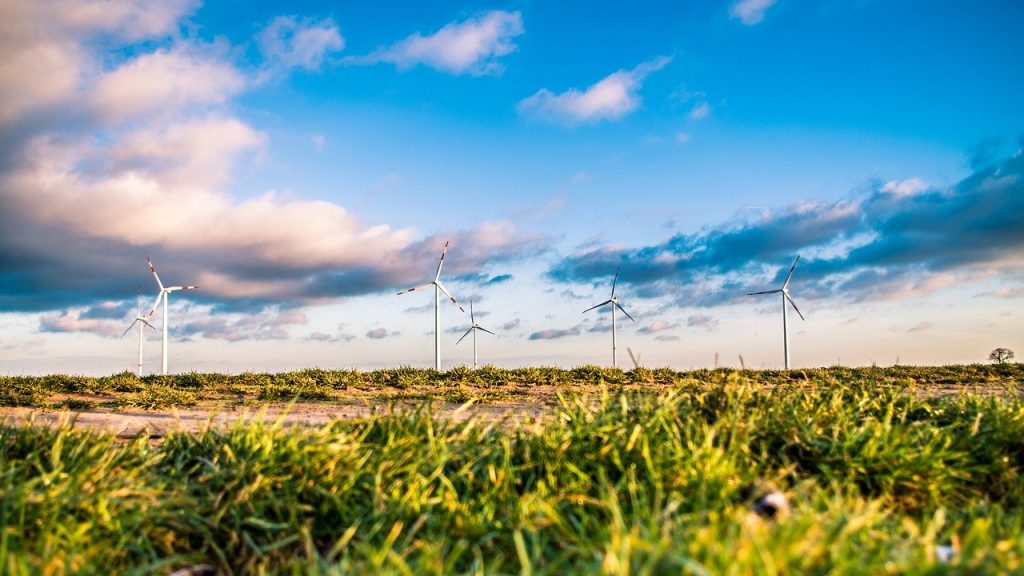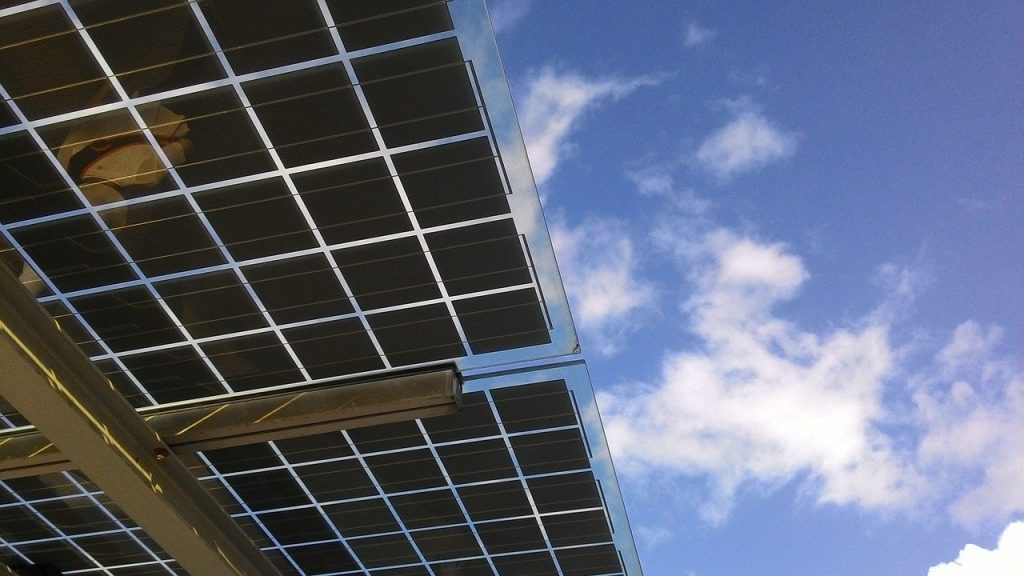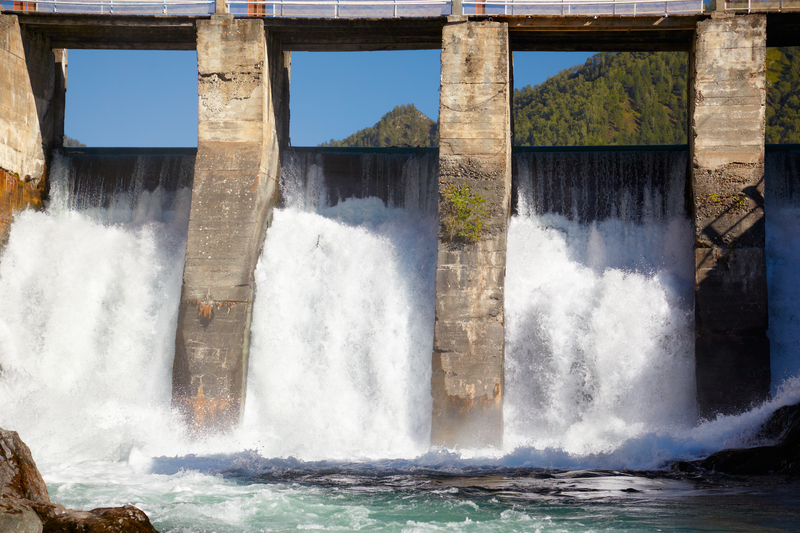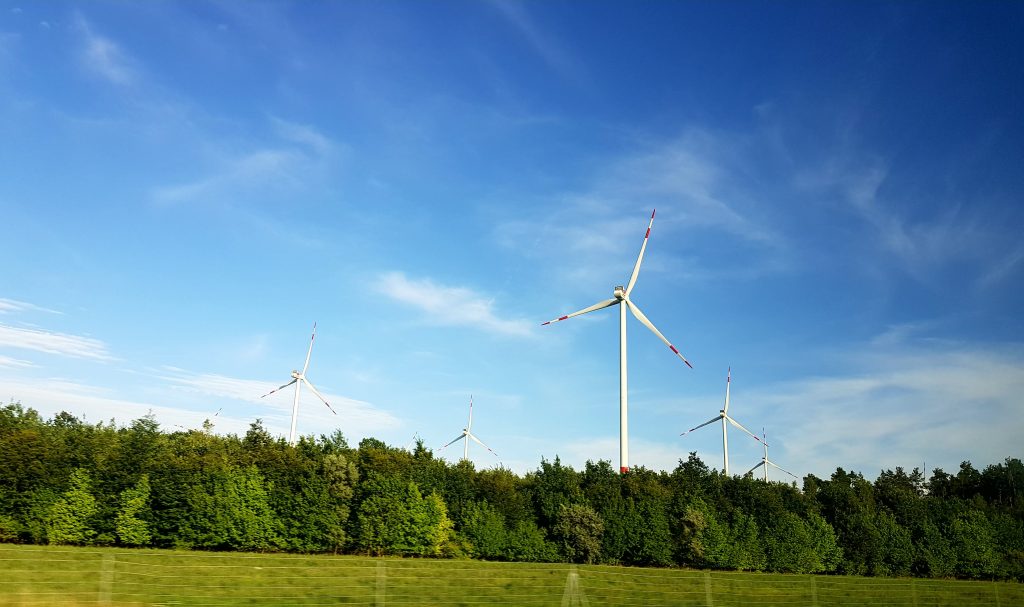When looking for the most sustainable energy source , we all know that we can turn to renewable energy. Renewable energy sources are cleaner and greener, while relying on infinite resources, when compared to typical fossil fuel power plants.
But even with renewable energy, there are so many options to choose from, including solar, wind, hydroelectric, geothermal, and biomass. Which is the best type of renewable energy for one’s home or business generally depends on their circumstances, including their location and environment, as certain sources may be more widely available, less expensive, or more productive based on the climate and surrounding area. Simply put, depending on the environment, the best type of renewable energy can vary widely.

Cost of Renewable Energy Production
One important advantage of most forms of renewable energy is that their fuel is free. Unlike fossil fuels like coal and natural gas, which must be captured from the ground and converted into a usable fuel prior to their use in power plants, energy producers like wind turbines, hydropower plants, and solar panels take advantage of the free wind, water, and sun that flow or shine into them. This adds an obvious advantage in cost.
Since there are, of course, remaining costs associated with any form of energy production even if the fuel itself is free, which source gets the most bang for its buck? The buck, in this case, includes both the upfront and ongoing costs for converting the source into usable energy.

Cost Per kWh
A simple way to look at the overall cost of an energy source is to focus on the cost per kilowatt hour (kWh). While the costs of individual plants and projects can vary, the International Renewable Energy Agency (IRENA) calculated 2019 world averages.
IRENA found that the costs of renewable energy production in general are falling at a very high rate. Some forms of renewables, including on-shore wind, solar, biomass, and geothermal, are very low to create around $0.10 per kWh. Off-shore wind costs only $0.13 per kWh, while biomass, which comes in many forms, can range from $0.05 to $0.25 per kWh. Importantly, the decreasing costs for renewables production has made them cost-competitive with oil and gas, which typically range from $0.05 to $0.15 or more.
Cheapest Form of Renewable Energy
The recent prices of hydroelectric power coming in cheapest at $0.05. While hydroelectric can be seen as the cheapest form of energy worldwide, looking at the Levelized Cost of Energy (LCOE) of renewable energies in the US paints a slightly different picture. LCOE takes a wider look at costs, analyzing efficiency based on the various costs of the fuel and production as well as any environmental damages. When the fuel is free and environmental damages are low (especially in comparison to fossil fuel plants), this gives an enormous advantage to renewable sources. With this approach, wind power comes out as the most efficient renewable energy, followed by geothermal, hydro, and solar.
Conversion into Electricity
Another way to look at which is the most efficient renewable energy is conversion efficiency. In this case, we can look at the rate of conversion of the fuel into something usable. In other words, what percentage of the input (wind, sunshine, etc.) is converted into the intended output (i.e. electricity)? Energy resources, renewable or otherwise, generally do not convert all of their input into actual usable energy. Most sources, in fact, fall far below 100% efficiency.
Solar, of course, is commonly installed on-site on home and business properties, making good use of space. However, based on its conversion rate, solar panels only offer 14-22.5% efficiency. This is on par with geothermal energy, which has 10-20% efficiency, and biomass, which has 20-25%. Each of these percentages are rather low compared to the top-performing wind energy sources, which make up a fifth of the renewable power in the US and offer 24-55% efficiency. By far the most efficient energy source, in terms of conversion efficiency, is hydropower, which can reach up to 90% efficiency.

A similar approach in looking at conversion efficiency of renewable energy sources is calculating the capacity factor. In this case, a comparison is made between how much power an energy source could produce versus how much it actually does produce. This is impacted partially by environmental factors. Since the sun doesn’t shine constantly or at a consistent strength, solar’s capacity factor is only 15-25%. This is, again, lower than that for wind farms, which typically have a capacity factor between 35% (on-shore) and 77% (off-shore).
Hydropower, on the other hand, reaches up to 38%. Finally, we can measure efficiency by looking at the level of energy retained when it is converted into the intended fuel (electricity). One company, Energy Points, determined that based on its calculations wind energy retains by far the highest amount of energy: 1,164% of its energy is retained after it is converted to electricity. This is more than double the next highest score: 516% for geothermal. Hydropower is 317% while solar is only 207%.
A Bright and Efficient Future
To understand which renewable energy is the most efficient, there are several approaches to take. Efficiency of production costs and the efficiency of energy conversion will tell different stories. Nevertheless, from these various approaches we can see that two energy sources come out on top as the most efficient power sources.
Hydroelectric power has the lowest overall cost per kWh, but wind has the lowest Levelized Cost of Energy while taking further account of environmental costs. As for production efficiency, hydropower converts more of its energy into usable electricity than any other source, while wind energy retains the highest amount of energy after its conversion.

Thus, we can say that the most efficient renewable energy sources are wind and hydropower. What is the best form of renewable energy for each individual will vary, based on circumstances and offering, but the best news of all is that new technologies and economic progress in the renewable sector are improving efficiency for renewables across the board.
As IRENA notes, these technologies are becoming more and more capable of competing with new conventional power plants. Green energy will continue to grow, becoming more attractive and viable in the process, and the future is looking brighter than ever. It’s safe to say that whatever ends up being the most efficient power source of the coming years, it is likely to be renewable.
